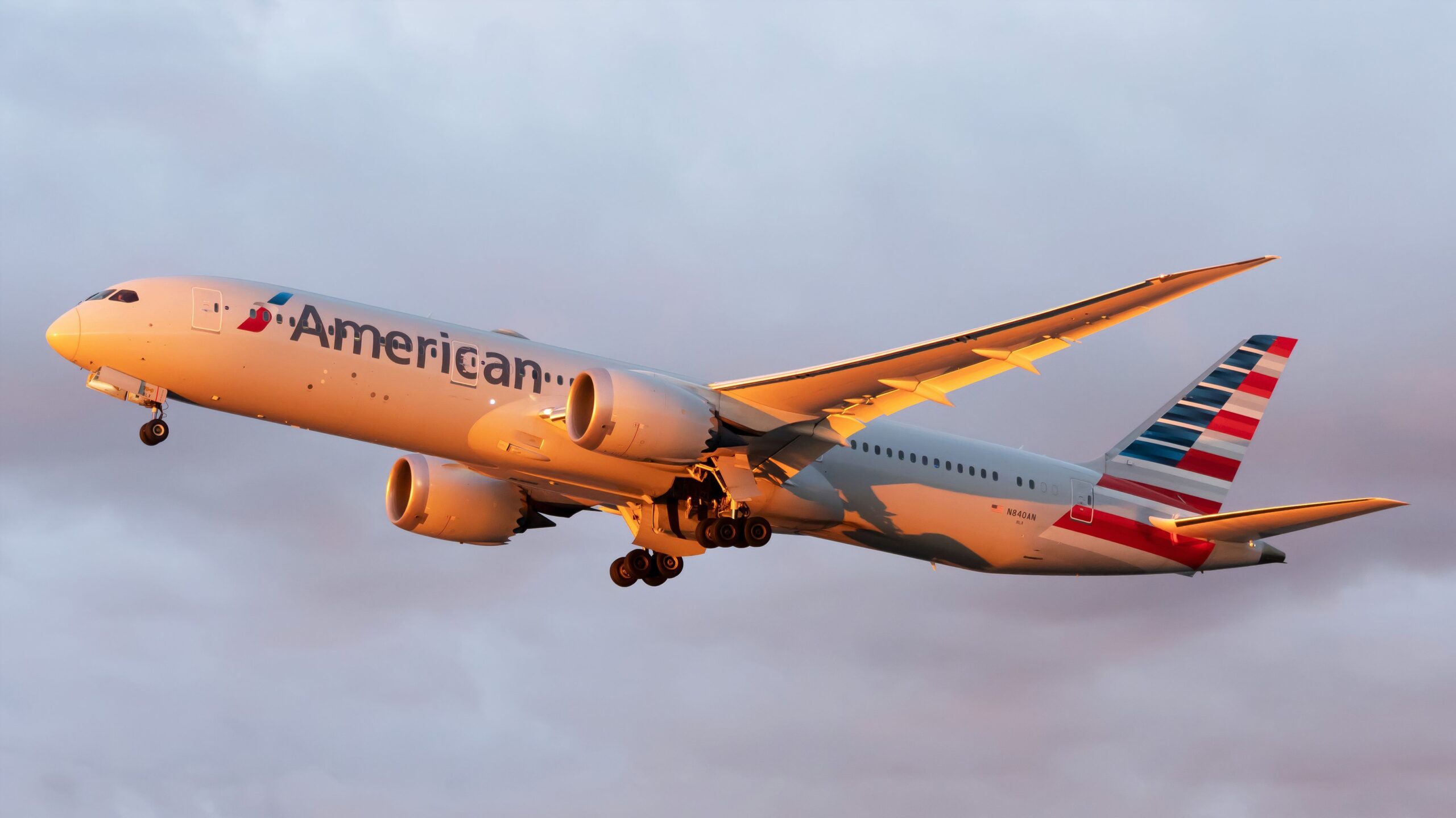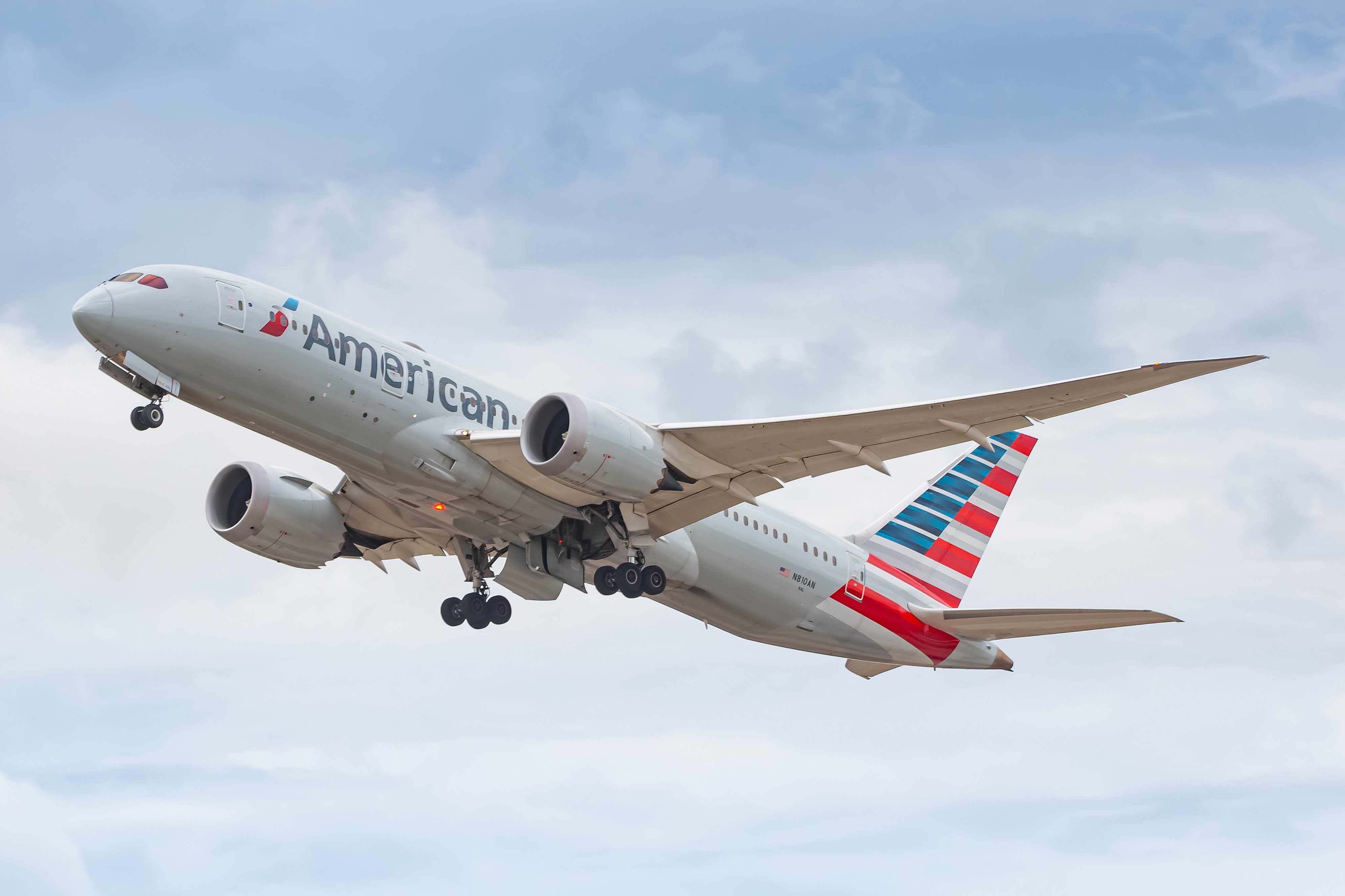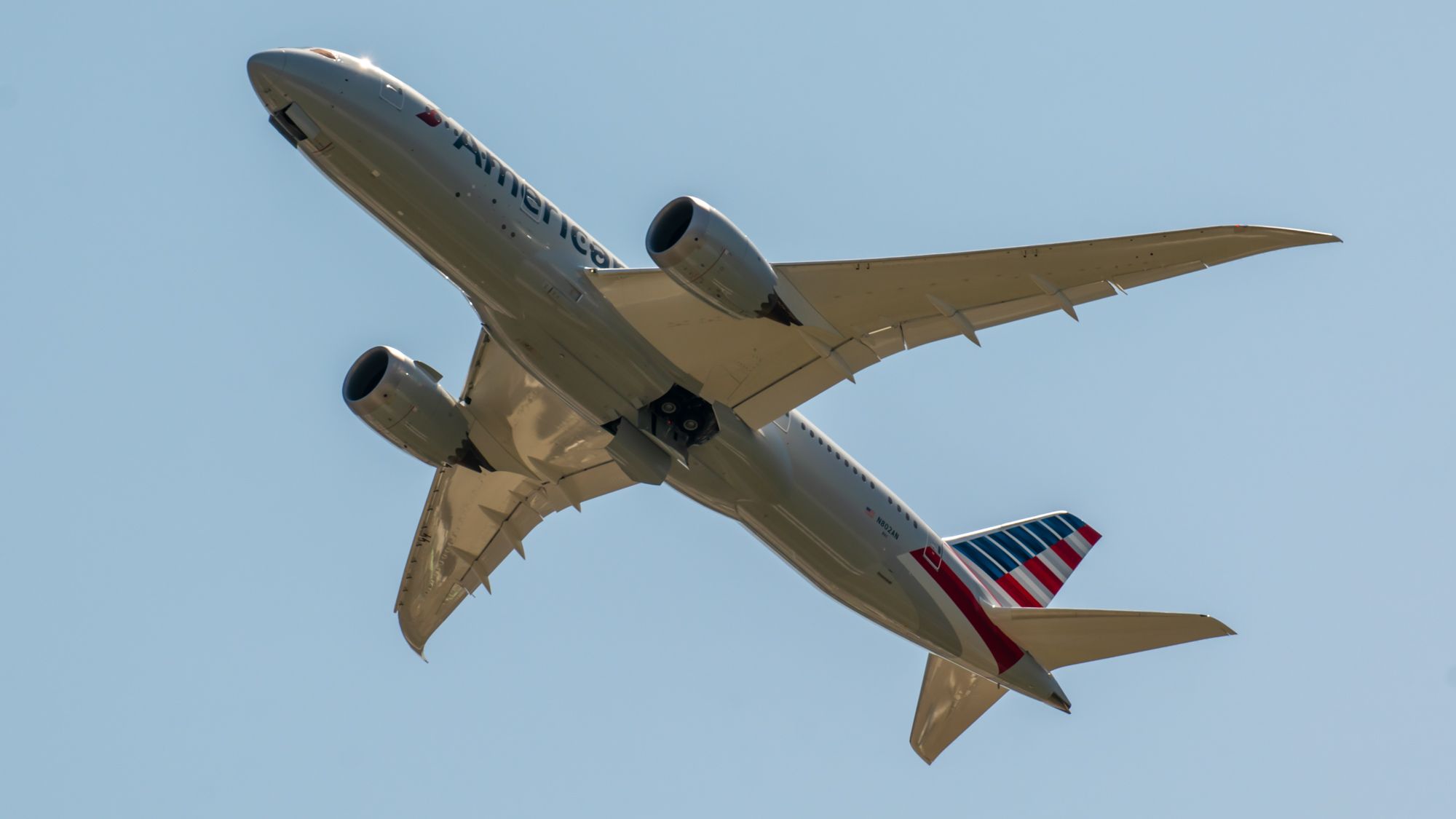On the morning of September 23rd, an aircraft pushback tractor, better known as a tug, towing an American Airlines Boeing 787-9 Dreamliner caught fire at Guarulhos International Airport (GRU) in São Paulo, Brazil. Emergency services quickly extinguished the fire. The aircraft being towed appeared to be undamaged.
In the hot seat
A YouTube video by Aviação Guarulhos JPD captured the entire ordeal on film. Smoke starts to rise from the back of the tug, and shortly after, the tug’s driver clears the vehicle. After that, emergency crews arrive on the scene with a firetruck equipped with foam cannons. The fire crew spends approximately six minutes dousing the flames.
Photo: Lukas Wunderlich | Shutterstock
Once the flames were extinguished, the tug was disconnected from the aircraft and towed away. Later, another tug arrived and towed the aircraft to the maintenance hangar for inspection.
According to AeroFlap, the airport said the firefighters were called in from the Airport Emergency Operations Center and quickly controlled the flames. The aircraft was removed, and the taxiway was cleared soon after, allowing the airport to resume normal operations.
The tug was operated by a third-party contractor, which is usually the case in many airports. No one was hurt in the incident. Simple Flying has contacted American Airlines for a statement.
The aircraft was undamaged and departed to Dallas Fort Worth International Airport at 22:30 local time, according to data from Flight Aware.
Airport tugs
Airports rely on these tugs to move aircraft back and forth from gates to hangars and sometimes even the runway. These vehicles cost roughly half a million dollars, weigh between 50,0000 and 60,000 lbs, and are usually powered by high-torque diesel engines.
While these machines are built to tow heavy aircraft, their constant use stresses their components, resulting in overheating and fires. Tug fires aren’t common, but they do occur, usually with minimal damage to the aircraft they tow, as airport emergency services can act quickly. However, in certain instances, aircraft have sustained fire damage.
Why are tugs used?
While aircraft can move freely without using a tug, and often do, tugs are used in normal operations in airports worldwide for many reasons, mainly efficiency, safety, and cost savings.
Photo: Joe Kunzler | Simple Flying
Many aircraft cannot move rearwards, so they must rely on tugs to do the work. While aircraft are equipped with thrust reverses, these are only used for additional braking during landing. In addition, using engines in a high-power setting at low speeds can cause debris to be sucked into the engine, resulting in damages costing millions. It also creates a hazardous environment on the apron and burns immense amounts of fuel.
About GRU
São Paulo/Guarulhos International Airport (GRU), locally known as Cumbica Airport, is the primary international airport serving São Paulo, Brazil. It opened its door to the public 39 years ago in January 1985.
The airport is Brazil’s busiest and South America’s second busiest, after Mexico City International Airport (MEX). In 2023, it served 41.3 million passengers and saw 274,917 aircraft movements. It has three passenger terminals and a singular cargo terminal.



